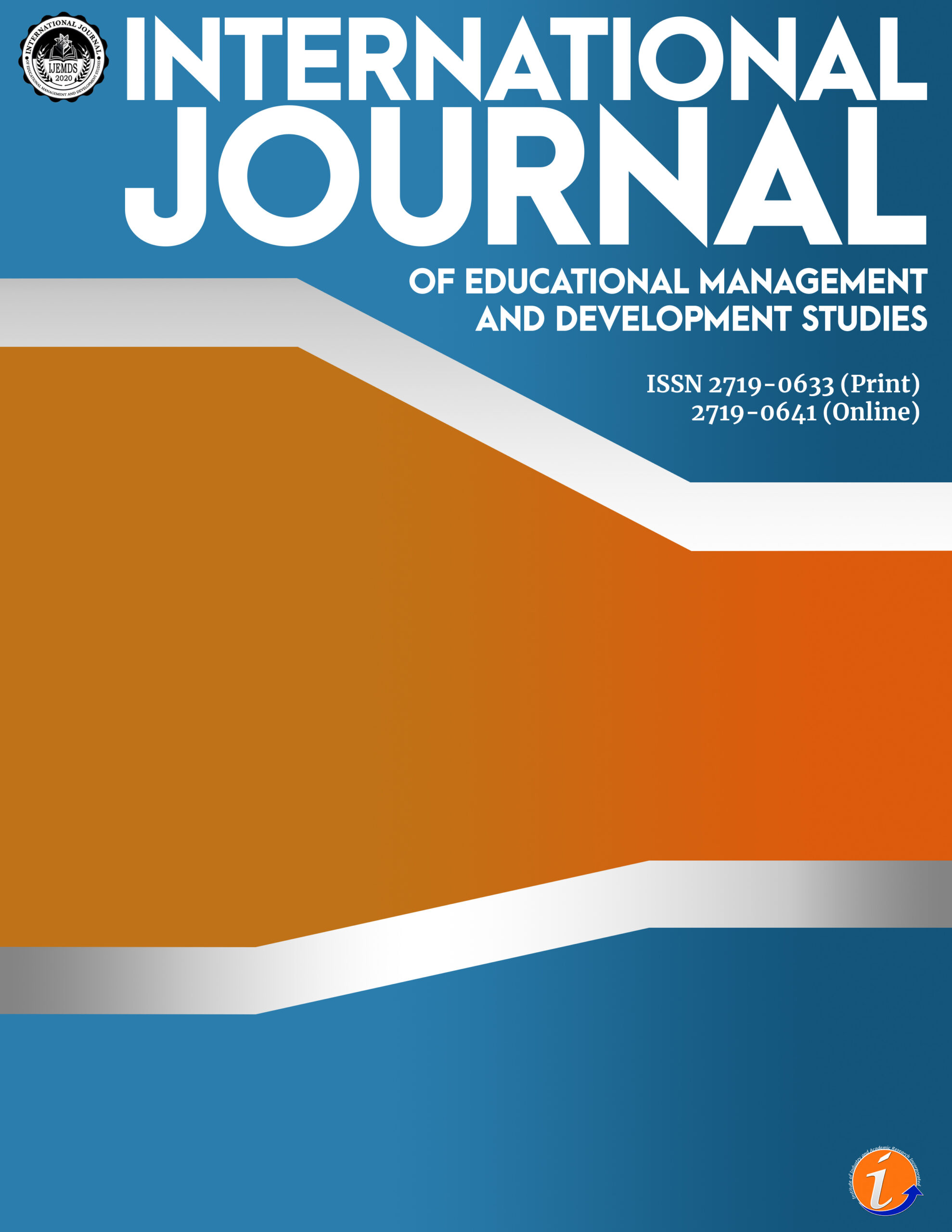The study aimed to determine the second language reading and listening abilities of Grade 11 students and their relationship to grammatical morphemes and lexico-grammatical knowledge by proposing engagement exercises to enhance students' language performance in public secondary schools. The study used the descriptive research method to determine students' performance levels in reading, and listening abilities. The respondents were grade 11 students enrolled in the selected secondary schools in the Division of Capiz. Purposive sampling method was used as this study is based upon various criteria, including the capacity and willingness of respondents to participate. The data-gathering instruments utilized in the study were documentary analysis and teacher-made tests. For a meaningful interpretation and analysis of the study, the data were subjected to statistical treatment such as frequency, percentage, ranking, mean, Pearson r product-moment correlation, and T-test. The study's findings revealed that Grade 11 students' performance levels are average in grammatical morphemes and lexico-grammatical knowledge, while the levels of students' reading and listening abilities are generally average. Further, there are relationships between the reading and listening abilities and their socio-demographic attributes. The study recommends language engagement exercises that includes activities that could enhance the listening and reading abilities of Grade 11 students based on the areas needing enhancement.
reading, listening, language, performance
Maria Aurora G. Victoriano. Corresponding author. PhD. Program Chair (BAEL Department), Capiz State University-Mambusao Satellite College
Matilda H. Dimaano. PhD. Dean, CAS, Batangas State University, The National Engineering University, Main
Abdul, A. (2014). Cohesive Devices. Retrieved from: https:// www. slideshare. net/abdurrasheed3956/ cohesive devices.
Adams, M. J. (1990). Beginning to read: Thinking and learning about the print. Cambridge, MA: Massachusetts Institute of Technology Press.
Ahmed, R. (2015). Essentials of Listening Skills. Retrieved from: https:// www .britishcouncil.org/voices-magazine/five-essential-listening-skills-English-learners
Allcott, L. (2021). Reading on-screen vs reading in print: What’s the difference for learning? National Library. Available at: https://natlib.govt.nz/blog/posts/reading-on-screen-vs-reading-in-print-whats-the-difference-for-learning
Bowen, G. A. (2009). Document Analysis as a Qualitative Research Method, Qualitative Research Journal, Vol. 9 Issue: 2, pp.27-40, https://doi.org/10.3316/QRJ09020
Braze, D., Tabor, W., Shankweiler, D.P. & Mencl W.E. (2007). Speaking Up for Vocabulary Reading Skill Differences in Young Adults. Journal of Learning Disabilities. 40(3):226-43. doi: 10.1177/00222194070400030401.
Chitravelu, N., Sithamparam, S., & Teh, S. C. (2005). ELT methodology: Principles and Practice. Shah Alam: Penerbit Fajar Bakti.
Delgadova, E. (2015). Reading literacy as one of the most significant academic competencies for the university students. Procedia – Social and Behavioral Sciences 178 (2015) 48 – 53
Follmer, D. & Sperling, R.A. (2018). Interactions between reader and text: Contributions of cognitive processes, strategy use, and text cohesion to comprehension of expository science text. Learning and Individual Differences. Volume 67, 177-187. https://doi.org/10.1016/j.lindif.2018.08.005
Guo, Y., Roehrig, A. D., & Williams, R. S. (2011). The Relation of Morphological Awareness and Syntactic Awareness to Adults’ Reading Comprehension: Is Vocabulary Knowledge a Mediating Variable? Journal of Literacy Research, 43(2), 159–183. https://doi.org/10.1177/1086296X11403086
Harris, T. and Hodges, R. (Eds) 1995. The Literacy Dictionary. New York DR International Reading Association
Honrado, F.B. (2022). Error Analysis in Spoken English among Grade 12 Students. International Journal of Educational Management and Development Studies, Volume 3 Issue 1 pp. 52 – 73. DOI: https://doi.org/10.53378/352863
Hughes, A. 1989. Testing for Language Teachers. Cambridge: Cambridge University Press. Beijing: Foreign Language Teaching and Research Press.
Kamhi, A.G. & Catts, H.W. (2017). Epilogue: Reading Comprehension Is Not a Single Ability—Implications for Assessment and Instruction. Language, Speech, and Hearing Services in Schools. Volume 48, Issue 2. https://doi.org/10.1044/2017_LSHSS-16-0049
Liu, F. (2010). Reading Abilities and Strategies: A Short Introduction. International Education Studies Vol. 3, No. 3; August 2010.
Mariam, M. H. 1991. Definition of Reading. Retrieved from http://www.ukessays.com/ essays/languages/ definitionof-reading.php.
Oguan, R.M. & Del Valle, J.M. (2022). Grammatical and Mechanical Error Analysis as Tool in Writing Improvement Program for Student Journalists. International Journal of Educational Management and Development Studies, Volume 3 Issue 4, pp. 134 – 153. DOI: https://doi.org/10.53378/352950
Oliver, P. (2013). Purposive Sampling. In V. Judd (ed.) The SAGE Dictionary of Social Research Methods. https://doi.org/10.4135/9781446212165
Rayner, K., Foorman, B. R., Perfetti, C. A., Pesetsky, D., & Seidenberg, M. S. (2001). How Psychological Science Informs the Teaching of Reading. Psychological Science in the Public Interest, 2(2), 31–74. https://doi.org/10.1111/1529-1006.00004
Robson, Colin. 2002. Real World Research: A Resource for Social Scientists and Practitioner Researchers. Oxford: Blackwell
Ronald, K. & Roskelly, H. (1985). Listening as an Act of Composing. Dissertation Paper presented at the 36th Conference on College Composition and Communication, 12pp.
Rost, M. (1994). Introducing Listening. Penguin English
Tong, X., Deacon, S. H., & Cain, K. (2014). Morphological and Syntactic Awareness in Poor Comprehenders: Another Piece of the Puzzle. Journal of Learning Disabilities, 47(1), 22–33. https://doi.org/10.1177/0022219413509971
Urquhart, A. H., & Weir, C. J. (1998). Reading in a Second Language: Process, Product and Pactice. London and New York: Longman.
Weir, C. J. (1993). Understanding and Developing Language Tests. London: Prentice Hall.
Whitten, C., Labby, S. & Sullivan, S.L. (2016). The impact of Pleasure Reading on Academic Success. The Journal of Multidisciplinary Graduate Research. Volume 2, Article 4, pp. 48-64.
Wu, Y., Barquero, L. A., Pickren, S. E., Barber, A. T., & Cutting, L. E. (2020). The relationship between cognitive skills and reading comprehension of narrative and expository texts: A longitudinal study from Grade 1 to Grade 4. Learning and individual differences, 80, 101848. https://doi.org/10.1016/j.lindif.2020.101848
Zeeland, H. (2013). Vocabulary and Listening. The Encyclopedia of Applied Linguistics.
Cite this article:
Victoriano, M.G. & Dimaano, M.H. (2023). Reading and listening ability relative to students’ level of performance. International Journal of Educational Management and Development Studies, 4 (2), 27-40. https://doi.org/10.53378/352976
License:
![]()
This work is licensed under a Creative Commons Attribution (CC BY 4.0) International License.










